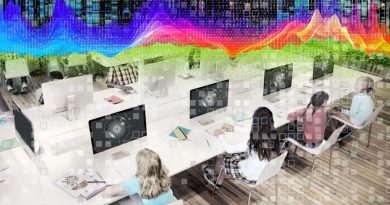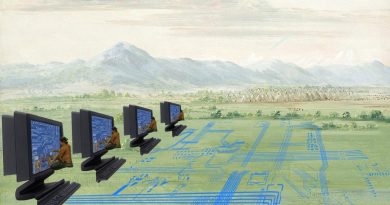Is it inevitable that AI will make us lazier?
I. probably spend too much time reading newsletters but its a good way to start the day. And one of my favorite morning newsletters is Memex 1.1 by educator and journalist John Naughton, which arrives three times a week at 7 in the morning. Today's edition drew attention to the transcript of an interesting El Pais interview with Ethan Mollick who, Naughton says, is one of the most interesting and insightful writers on ‘AI’. Mollick teaches at the Wharton business school at the University of Pennsylvania, and from the outset has viewed the technology as an augmentation of human capabilities. I've ordered a copy of his book, Co-Intelligence, and will provide a longer review when I have read it. But from the interview Mollick says the best advice from the book is to spend 10 hours with AI and apply it to everything you do. For whatever reason, very few people are actually spending the time they need to really understand these systems.
Here are a few of the questions and answers from the El Pais interview.
Q. You don’t like to call AI a crutch.
A. The crutch is a dangerous approach because if we use a crutch, we stop thinking. Students who use AI as a crutch don’t learn anything. It prevents them from thinking. Instead, using AI as co-intelligence is important because it increases your capabilities and also keeps you in the loop.
Q. Isn’t it inevitable that AI will make us lazier?
A. Calculators also made us lazier. Why aren’t we doing math by hand anymore? You should be taking notes by hand now instead of recording me. We use technology to take shortcuts, but we have to be strategic in how we take those shortcuts.
Q. Why should we approach artificial intelligence with a strategy?
A. AI does so many things that we need to set guardrails on what we don’t want to give up. It’s a very weird, general-purpose technology, which means it will affect all kinds of things, and we’ll have to adjust socially. We did a very bad job with the last major social adjustment, social media. This time we need to be more deliberate.
About the image
This image represents the interest of technology companies (including but not limited to AI) in the data produced by students. Young students at computers with retinal scanners on their screens suggest the uptake not only of data entry but also of biometric data. The representation of pixelation, binary code, and the data-wave heatmap at the top suggest the ways that student work - and bodies - are abstracted by the datafication process. Design created using public domain images and effects in Rawpixel.





